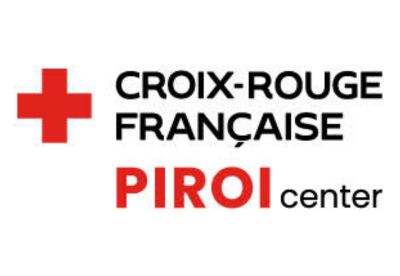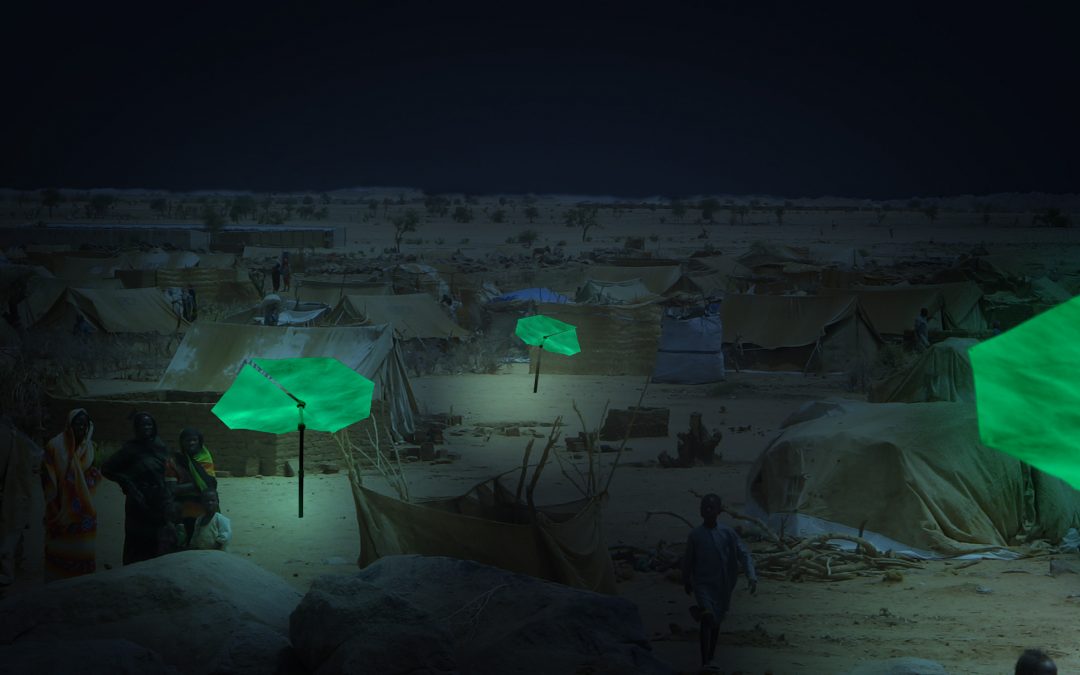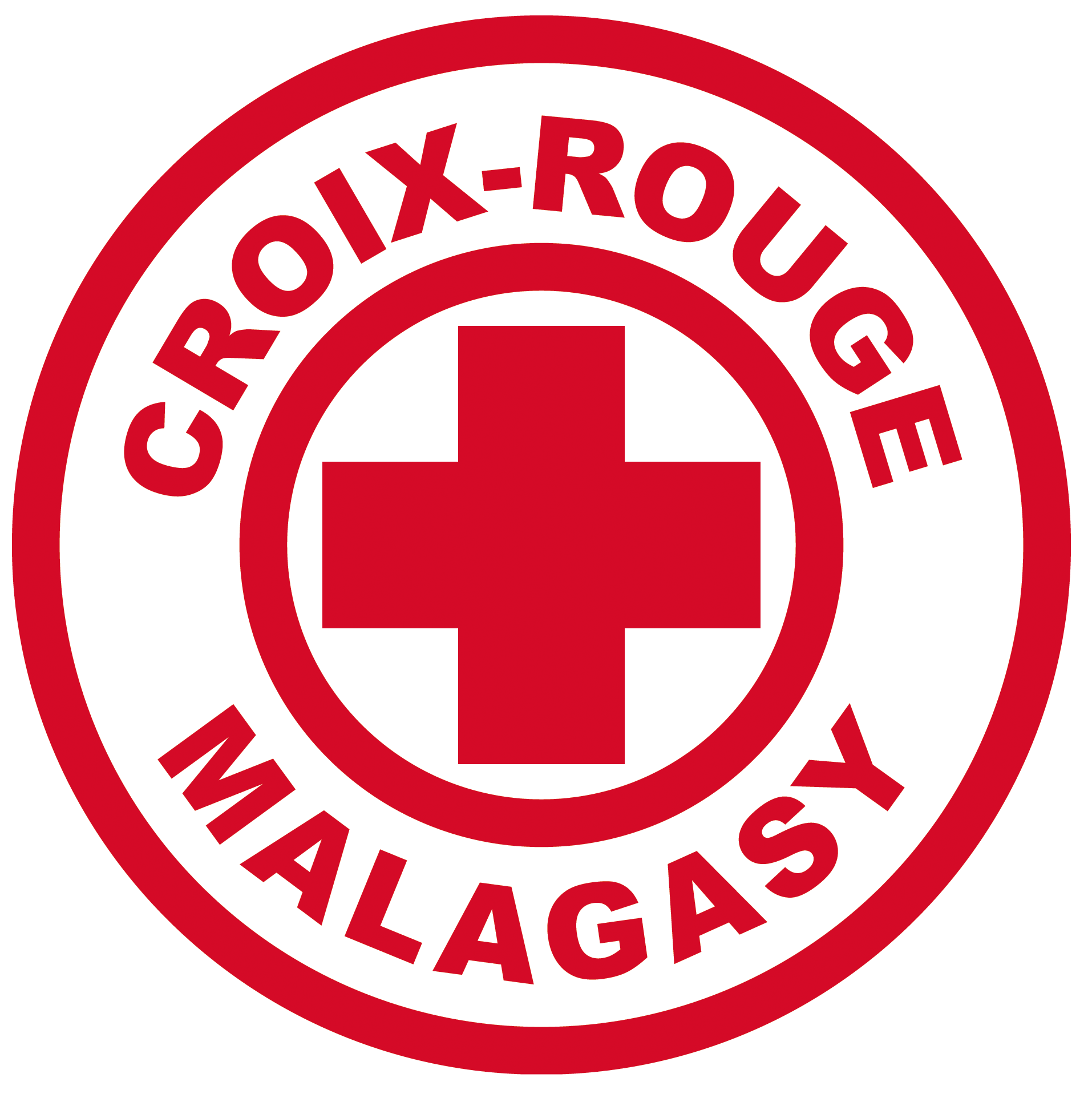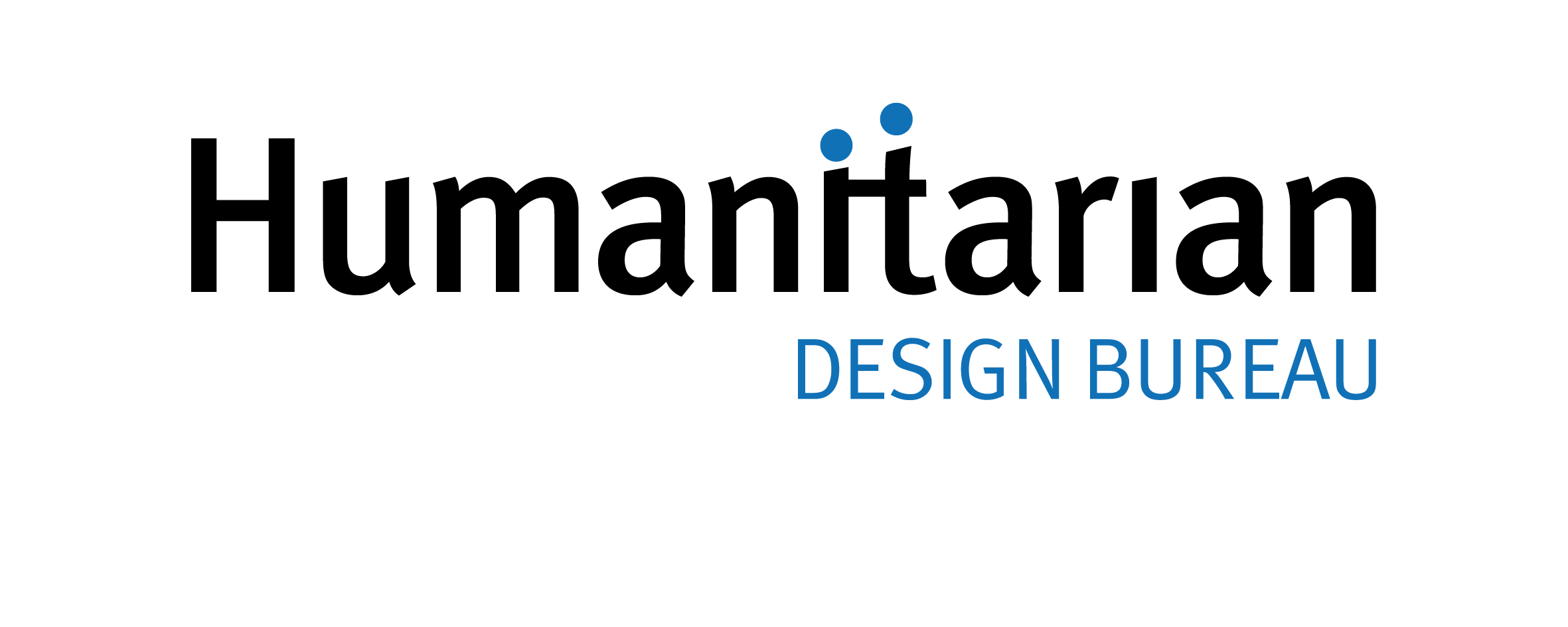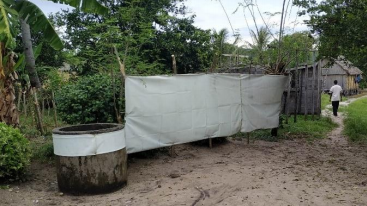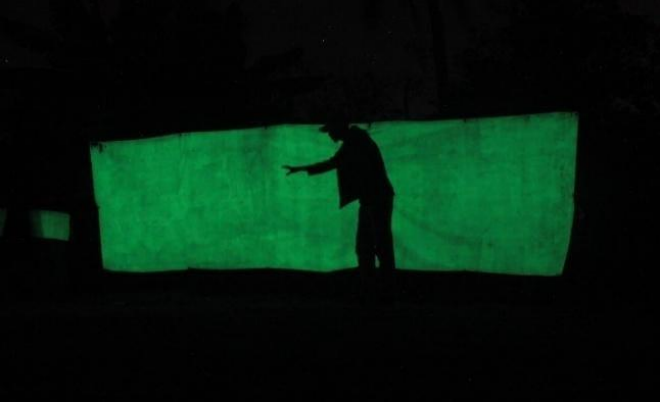The PIROI Center advocates using ground-breaking methods and solutions to improve the quality of assistance to local populations. Its work in this field has included supporting the development and testing of Sollune phosphorescent shelters in a given community.
PIROI maintains prepositioned supplies of humanitarian equipment, enabling it to provide emergency response for shelter, water, sanitation, and hygiene needs as well as for epidemic response.
One of the items stored in its 8 warehouses are 6m x 4m plastic tarpaulins. These are often used to build the roof and walls of temporary shelters, but also for fencing, latrine protection, etc.
In order to ensure affected populations stay safe it is important to provide them with individual and collective lighting solutions, while managing the cost and environmental impact of such solutions.
In 2019 as part of its “Research and innovation applied to risk management and climate change” component, PIROI initiated a project to develop phosphorescent tarpaulins that can act as conventional sheeting while also providing soft, night-time lighting. In 2020 these tarpaulins were tested at one of PIROI’s response sites, the village of Ampahana in Antalaha district, Madagascar, thanks to assistance from Malagasy and Luxembourg Red Cross Societies.
In this video Frédéric Clabau, Head of Phosphorescence R&D at the Humanitarian Design Bureau, our project partner, tells us more the results of the field tests conducted, and the interest of these tarpaulins in a humanitarian context as well as for PIROI Center activities
These tests received financial backing from the European Union as part of the INTERREG V Indian Ocean programme, which aims to strengthen the regional integration of Reunion and Mayotte in the Indian Ocean, and to support the co-development issues of the region’s countries.
